With all the controversy around the Pixel 3 XL, the regular-sized Pixel 3 might be the phone of choice for most users. Thanks to the huge boost in screen size, the little brother is now an easier pickup for those who like a bigger screen. And once more, the internals are the same, giving you the same experience as the 3 XL without the display notch.
Leaks were pretty bad this year for the Pixel 3 lineup, with final units reaching several outlets months early, who posted about every nook and cranny online. While some might be a bit disappointed by some of the changes, the overall package makes this a worthy upgrade from last year's device and a much more competitive phone than the smaller 2017 Pixel. While Google did somewhat abandon those out there with smaller hands, for those who can manage the large screen size, this might be a phone to check out.
Jump to a section:Important Dates | Storage Capacity | Price for Everything | Body | Basics | Display | Performance | Battery | Front Camera | Rear Camera | Audio | Sensors | Connectivity | Security | Software | Box Includes
Important Dates
The new Google Pixel 3 was announced on October 9, 2018, at Google's Made by Google Launch Event. The Pixel 3 will be available for preorder starting on October 9th from Google and Verizon Wireless, its exclusive US partner. Both phones will officially release to the public on October 18th, 2018.
- Release date: October 18, 2018
- Preorder date: October 9, 2018
- Announced: October 9, 2018
Storage Capacity
Like last year, the Pixel 3 will come in two storage variants: 64 GB and 128 GB. Similar to its predecessor, it doesn't have expandable storage, but will give users unlimited cloud storage of all photos and videos when stored on Google Photos.
- Storage available: 64 GB or 128 GB
- Expandable storage: no
Price for Everything
The new Pixel 3 will start at $799 for the 64 GB model, and bump up to $899 for the 128 GB variant.
- Price: $799 (64 GB), $899 (128 GB) plus tax
- Order the Pixel 3 from the Google Store
- Order the Pixel 3 from Verizon Wireless
- Order the Pixel 3 from Project Fi
Body
The body is very similar to last year's Pixel 2. Once again the Pixel 3 will use an aluminum body with a hybrid coating. The back is once again has a two-tone finish, despite the fact that the entire back is now glass. The bottom half is textured to not appear or feel like glass, preventing fingerprints. Both the front and back use Corning Gorilla Glass 5 for protection. As for colors, there will be three options: Clearly White, Just Black, and Not Pink.
- Frame: Aluminum unibody with hybrid coating
- Corning® Gorilla® Glass: 6
- Colors: Clearly White, Just Black, and Not Pink
Basics
Despite each phone increase in screen size (more on that later), both devices are only marginally larger than their predecessor. As for dust and water protection, both devices support the highest rating of IP68. With a rating of 6, both devices are basically dustproof. As for the eight, it means the devices can remain submerged in at least 1m of water for up to 30 minutes.
All four carriers support the Pixel 3. Verizon is the exclusive US carrier and the only one where you can buy the Pixel 3 in store. As for T-Mobile and Sprint, using the GSM-Unlocked variant, all you need to do is pop in your SIM card. As for Sprint, using the BYOD program, you can activate the device for use on their network.
- Height: 5.73 inches
- Width: 2.69 inches
- Depth: 0.31 inches
- Weight: 5.22 ounces
- Dust/water resistance: IP68
- Supported carriers: Verizon, AT&T, -Mobile, Sprint, US CellularProject Fi
Display
Both the Pixel 3 and 3 XL received a huge bump in screen size when compared to their predecessor. The Pixel 3 received the largest, increasing from a 5.0-inch screen to a 5.5-inch screen. The screen also adopted the recent trend of the 18:9 aspect ratio, resulting in a resolution of 2160 x 1080 compared to the 1920 x 1080 of last year. The result is a fairly high pixel density of 443 ppi.
The Pixel 3's display is OLED and HDR certified by the UHD Alliance. Google is also returning to the Samsung Super AMOLED despite rumors of a change to LG POLED. Thanks to this shift, the Pixel 3 was able to receive high praise from DisplayMate (an A+ actually), something it didn't achieve last year. The result is a screen that as good as the Galaxy Note 9 and iPhone XS Max. The Pixel 3 will also bring back always-on display and Now Playing from the Pixel 2.
- Screen size: 5.5 inches
- Screen resolution: 2160 x 1080 pixels
- Pixel density: 443 ppi
- Screen type: OLED
- Notch: no
- Screen-to-body ratio: 77.2%
- DCI-P3: 100%
- Aspect ratio:18:9
- Contrast ratio: 1,000,000:1
- Refresh rate: 60 Hz
Performance
Once again, Google has given both devices the same internals. Both devices are limited to 4 GB of RAM. To no surprise, the SoC of choice is the latest and greatest from Qualcomm, the Snapdragon 845. The 10 nm SoC has eight cores, four Kryo 385 Gold and four Kryo 385 Silver.
The former are custom cores based on the Cortex-A75 spec and run up to 2.8 GHz. The Silver Cores are derived from Cortex-A55, making them more power efficient. These run at a frequency of 1.8 GHz and are used for less power-intensive tasks. However, to save on battery, Google opted to underclock both cores to 2.5 GHz and 1.6 GHz, respectively.
The GPU paired with it is the Adreno 630. This is a four-core GPU clocked at 710 MHz that produces 737 GFLOPS. Additionally, the Google-developed Pixel Visual Core is on board to manage the AI processing of the cameras. And Google is including the Titan M Security Module to house cryptographic keys.
- Memory: 4 GB RAM
- Processor: Qualcomm Snapdragon 845
- Chip size: 10 nanometer
- CPU frequency: 2.5 GHz and 1.6 GHz
- CPU cores: 8
- GPU: Adreno 630
- GPU cores: 4
Battery
The battery received a slight increase from 2,700 mAh to 2,915 mAh. With the 0.5-inch increase in screen size and the power efficiency of the Qualcomm SoC, this should translate to comparable battery life to its predecessor.
The fast charging protocol of choice is USB Power Delivery. Google has been pushing the technology for years, asking OEMs to switch from Qualcomm Quick Charge. With USB PD, not only can the Pixel 3 charge to a full day of usage in 30 minutes, but will also remain much cooler in the process. And for the first time, the Pixel 3 and 3 XL will finally support wireless charging. Google announced a new charging pad that offers 10 W of wireless charging power and activates a new menu turning your Pixel 3 into a mini Google Home Hub.
- Battery: rechargeable lithium-ion
- Capacity: 2,915 mAh
- Charging: USB Power Delivery (USB PD), and Qi Wireless Charging
Front Camera
While Google continues to ignore the multi-camera trend on the rear camera, the front-facing camera is a different story. Google is including dual front-facing cameras, both of which are 8 MP. The big addition is the second lens which is a wide-angle shooter with an aperture of ƒ/2.2 and a field of view of 97°.
The main lens has a ƒ/1.8 and has a standard field of view of 75°. It also has autofocus and face detection.
- Resolution: 8 MP and 8 MP
- Aperture: ƒ/1.8 (first lens) and ƒ/2.2 (second lens)
- Zoom: digital
- Flash: screen-based (with third-party app)
- Image stabilization: software-based
- RAW support: yes (with third-party app)
Rear Camera
The Pixel 3 continues to hold on to the single rear camera. Unlike phones like the LG V40 and Huawei P20 Pro which went as high as three cameras this year, Google is sticking to its tried and true single AI-enhanced lens. However, even with a single lens, the Pixel 3 will outperform most, if not all, smartphone cameras.
Both the Pixel 3 and 3 XL use the same 12.2 MP lens with a ƒ/1.8 aperture and 1.4µm pixels. However, thanks to Google Visual Core and HDR plus, the Pixel 3 XL is able to capture an abundance of detail and process this detail in a matter of seconds. The Pixel 3 comes with several new features to improve photography.
Top Shot takes several photos and using machine learning, the Pixel 3 will recommend the best photo from the list where everyone was smiling and eyes were open. Night Sight uses machine learning to choose the right colors in low light settings for well-lit photos without the flash.
- Resolution: 12 MP
- Aperture: ƒ/1.8
- Zoom: 2x optical, 10x digital
- Flash: Single LED
- Image stabilization: optical and electronic
- RAW support: yes
- Lens cover: sapphire crystal
- Object detection: bodies, faces
- Formats: Currently unknown
There isn't much improvement in the video recording department for either phone. Both devices can shoot videos in either 720p, 1080p, or 4K resolution. Similar to last year, you can record up to 240 fps when using 720p. 4K resolution is still limited to 30 fps.
- Resolution: 720p, 1080p, and 4K
- Max frame rate: 30 fps for 720p, 60 fps for 1080p and 4K
- Slow motion: yes, 1080p at 120 or 240 fps
- Flash: Yes
- Image stabilization: optical and electronic
- Lens cover: sapphire crystal
- Object detection: bodies, faces
- Audio: stereo sound
Audio
Once again, Google has not included the 3.5mm headphone jack with the device. There is a dongle, so you still can use wired headphones. However, Google (for the first time) is including a pair of USB-C Pixel Buds to compensate. Additionally, with Android 9.0 Pie on board (more on that later), the Pixel 3 supports many Hi-Fi Bluetooth audio codecs.
Additionally, the front-facing speakers are making a return. These stereo speakers are 40% louder than last year and should really help with audio performance, especially when watching videos. This will make the Pixel 3 one of the only flagship smartphones to still include the feature.
- 3.5 mm headphone jack: no
- Stereo speakers: yes, front-facing
- Mics: three total
- Max speaker volume: Currently unknown
Sensors
You will find all the standard sensors in the Pixel 3. The accelerometer senses the movement and tilt of your device. This sensor is often used by Google Maps to detect your movement as you navigate toward your destination. It is also helpful for games which use the tilting of the phone for movement.
The built-in proximity sensor detects when objects are close to the screen, turning off the display when you place your ear to the speaker. The Hall effect sensor is used to detect flip covers to activate a menu to display once placed in the accessory.
The magnetometer detects the Earth's magnetic field along the X, Y, and Z axes. It can be used for a basic compass app or provide elevation data. The barometer measures air pressure and the ambient light sensor detects the surrounding light for automatic screen brightness.
The Pixel 3 also once again has Active Edge, pressure sensitive sides that can be squeezed to activate an app. As with its predecessor, this will activate Google Assistant.
- Sensors: Active Edge, barometer, accelerometer, gyroscope, proximity sensor, magnetometer, ambient light sensor, Hall effect sensor,
Connectivity
The Pixel 3 includes Bluetooth 5. For connectivity, the GSM unlocked version has a single Nano SIM slot. However, depending on the market, there is also support for eSIM. As for Wi-Fi, the Pixel 3 supports up to 802.11ac, one of the fastest version available.
- Wi-Fi: 802.11ac
- Bluetooth: 5 + LE
- NFC: yes
- Cellular: Nano SIM, Supports up to CAT 16, 4 x4 MIMO, 256-QAM
- Port: USB-C
There are three variants of the Pixel 3, one for Verizon, a GSM unlocked, and a Project Fi model.
FDD-LTE bands 1, 2, 3, 4, 5, 7, 8, 12, 13, 17, 18, 19, 20, 25, 26, 28, 29, 32, 66, 71
CDMA EV-DO Rev. A BC0, BC1, BC10
GSM/EDGE (850, 900, 1800, 1900 MHz)
Security
When it comes to biometrics, Google is once again sticking with the rear-mounted fingerprint scanner. It can be used to unlock apps, make payments, and even expand your notification tray with a swipe. And thanks to Android 9.0 Pie, the fingerprint prompt is uniform so that all apps requesting your fingerprint looks the same.
Besides the fingerprint scanner, Google is also introducing the Titan security module. This security chip was built specifically for the Pixel 3 lineup and helps secure your password and the operating systems from tampering.
- Security: Fingerprint scanner (rear-mounted)
Software
As Google phones, the new Pixels will get the latest version of Android before any other device. They'll ship with Android 9.0 Pie and receive full OS upgrades until October 2021, which means they'll eventually get Android 12. In terms of the Pixel 3's current software version, there are a number of changes that come with Pie which you can check out with the link below.
- Software: Android 9.0 Pie
Box Includes
If after reading the specs list you are still interested in the Pixel 3, here is a list of what's included in the box.
- USB Type-C 18W power adaptor
- USB-C to USB-C cable
- SIM tool
- Pixel USB-C earbuds
- 3.5mm to USB-C headphone adapter
- Quick Switch Adapter
- Quick Start Guide
- Follow Gadget Hacks on Facebook, Twitter, YouTube, and Flipboard
- Sign up for Gadget Hacks' daily newsletter or weekly Android and iOS updates
- Follow WonderHowTo on Facebook, Twitter, Pinterest, and Flipboard
Cover image via MKBHD/YouTube






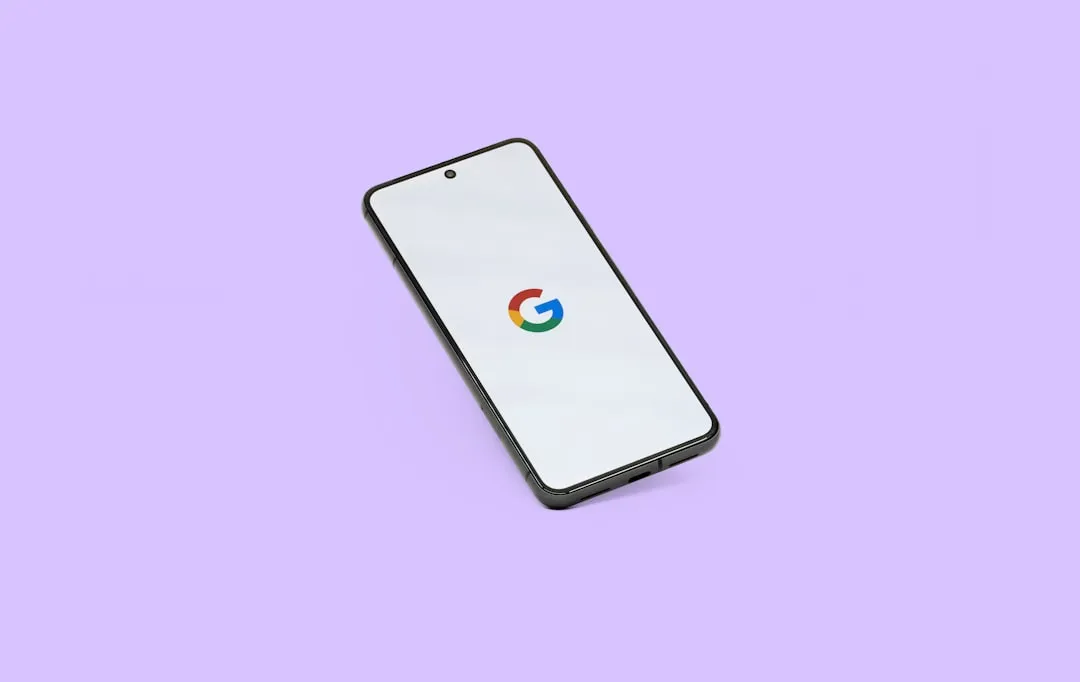

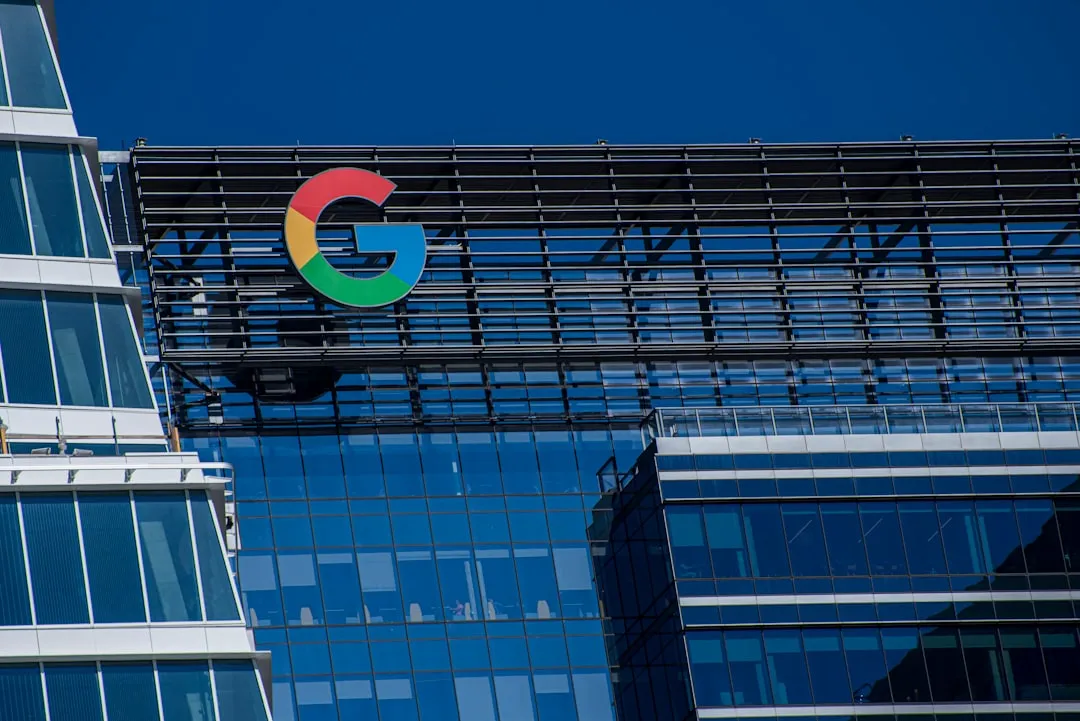



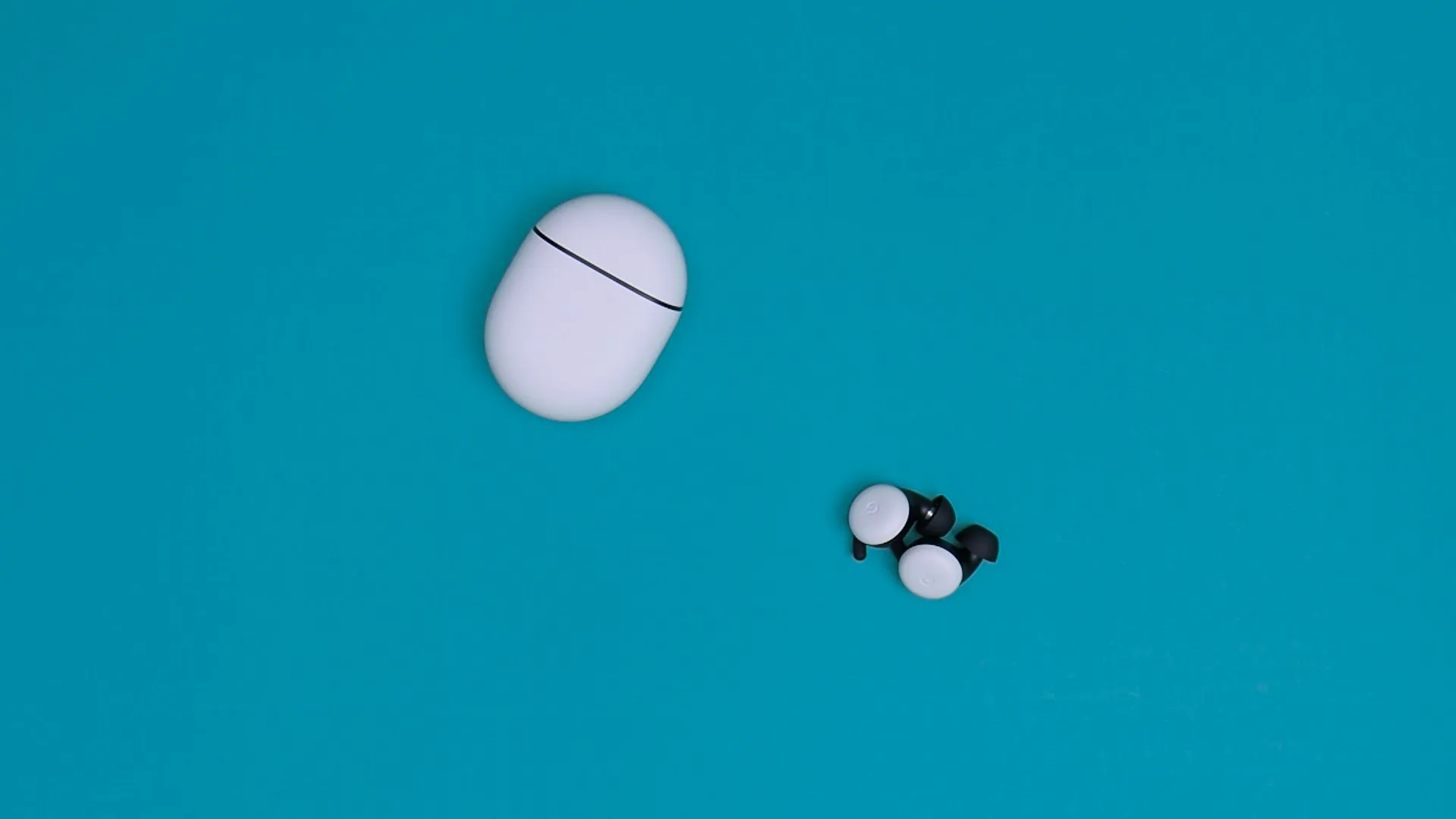

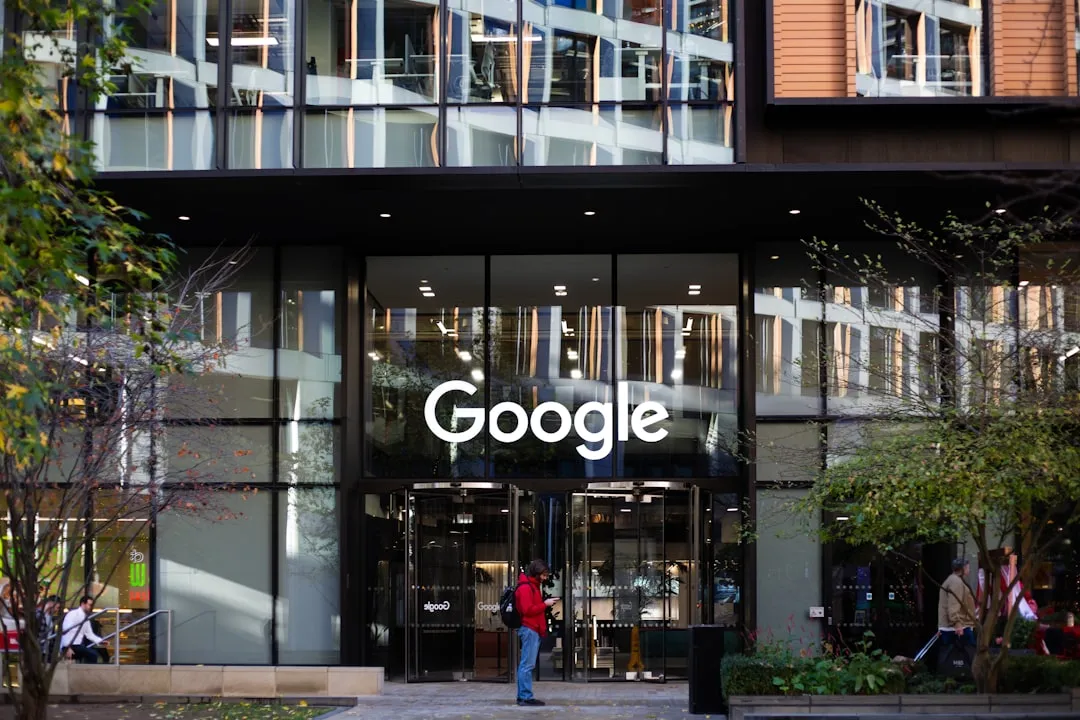
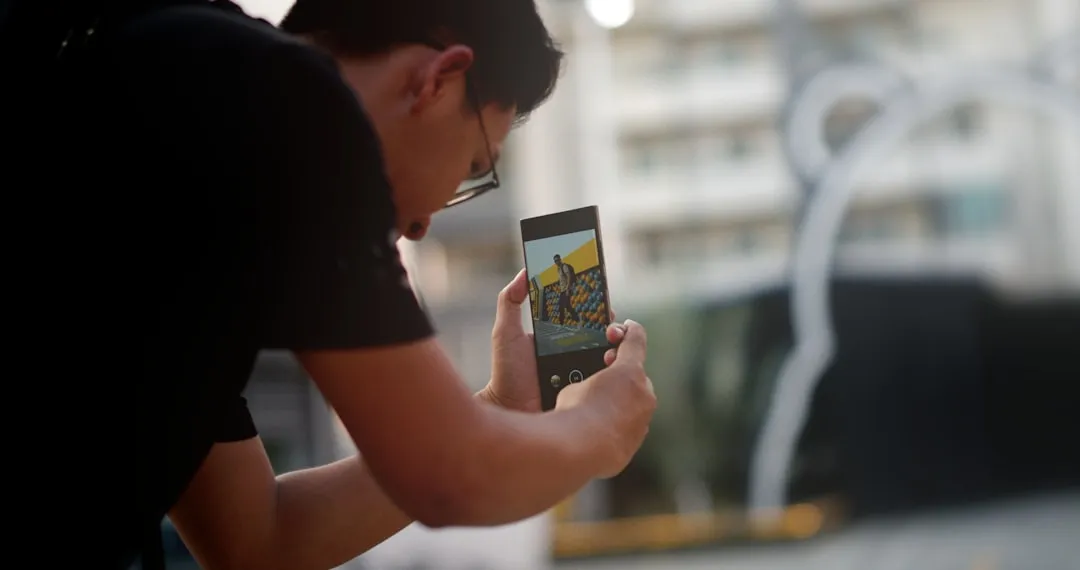

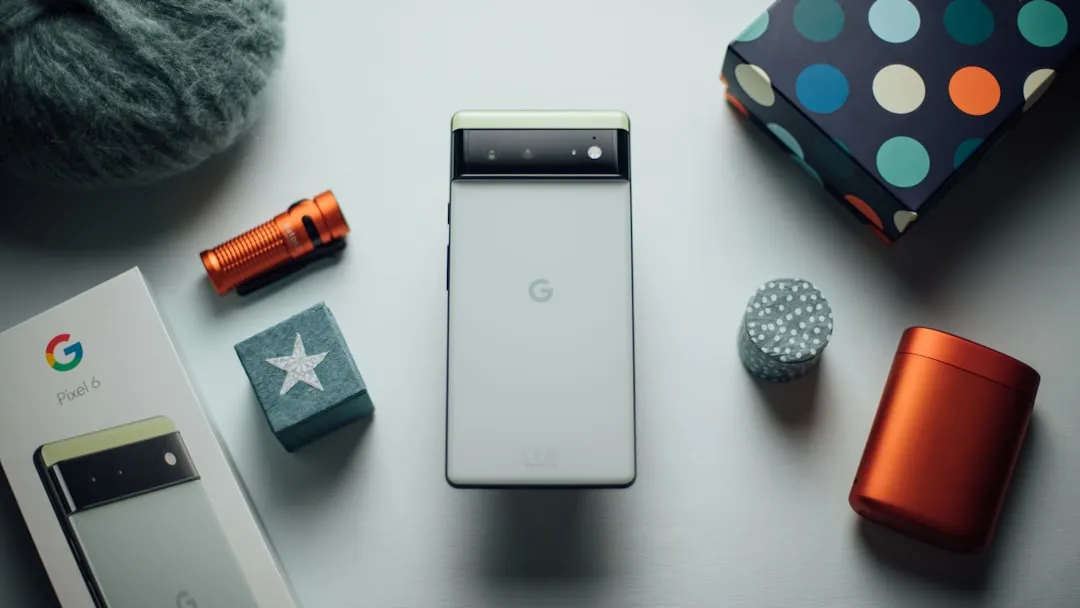
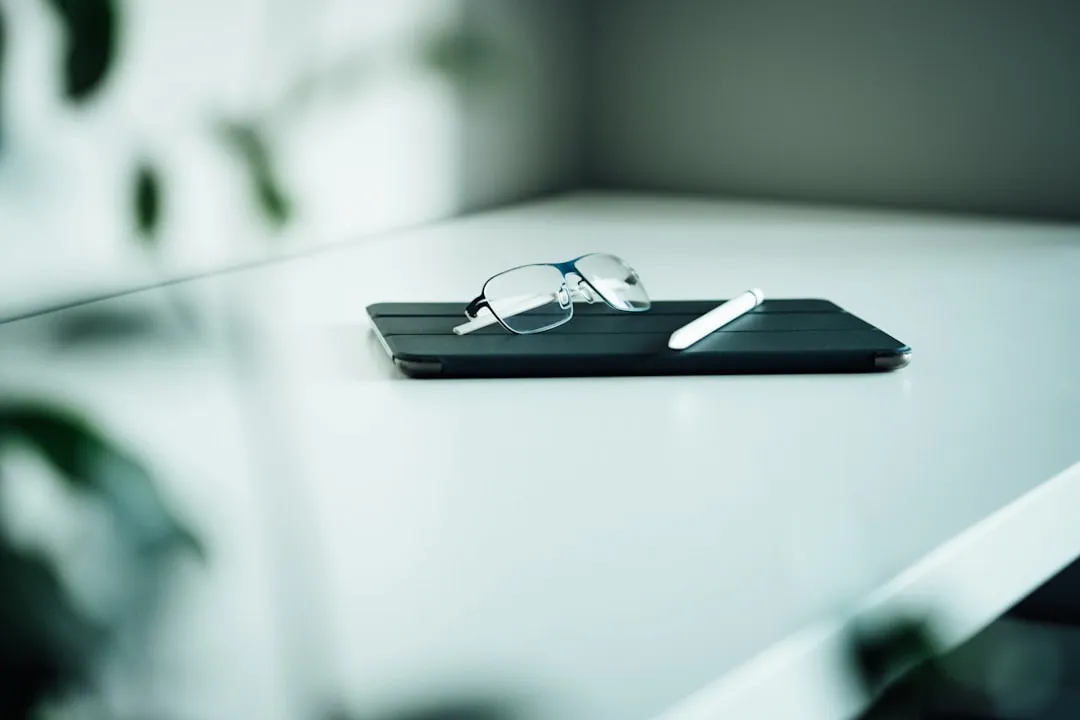
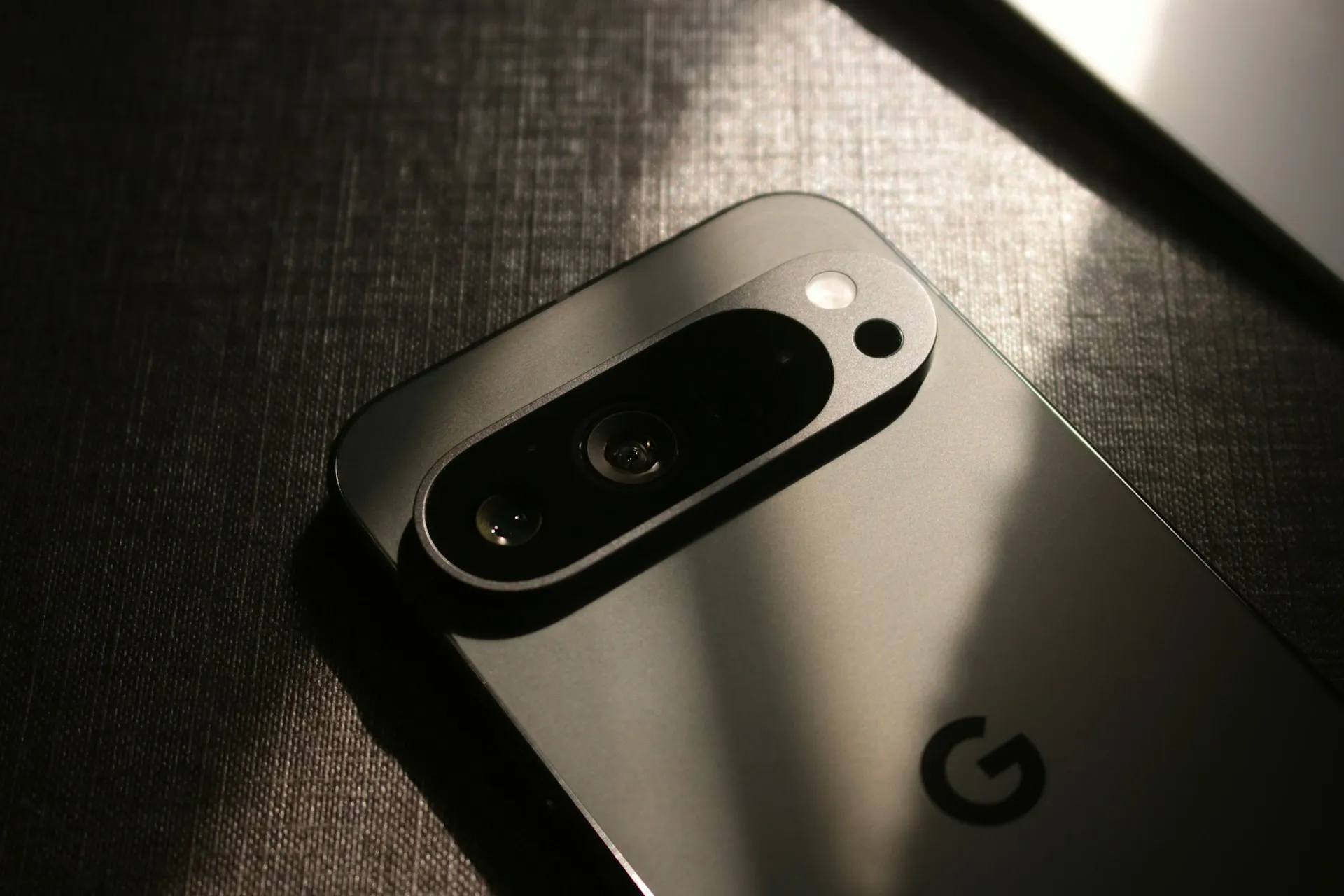

Comments
Be the first, drop a comment!